Reading the news about the Corcoran Gallery of Art last week made me very happy, if a little puzzled, too.
For those of you who haven’t been following the story, a quick recap. The Corcoran is a private, nonprofit museum here in DC, affiliated with the Corcoran College of Art + Design. For a number of years, the College has been the solvent part of this equation, as the Gallery struggled to find a viable financial plan. Its challenges included its location (which, while technically a short walk from Metro and the White House, is functionally off the beaten tourist path); its beautiful but deteriorating building; its admission charge (in a city with a wealth of free museums); and its lack of distinct identity (having neither the homey appeal of the Phillips Collection, the overwhelming strength of the National Gallery, nor the quirky charm of Hillwood Museum and Gardens).
Various proposed solutions over the years have included building an addition designed by Frank Gehry, changing the exhibition focus to photography, and moving to a different neighborhood. I even speculated, back in 2009, about whether some other city might come courting the Corcoran, bidding on this cultural amenity the way that some cities fight over sports teams.
The ultimate solution, announced last week and awaiting final approval, is as follows:
- The National Gallery will take over the art, exhibiting some of the collection and sharing some works with other museums, with a preference to organizations in the DC area.
- NGA will maintain an exhibit space, dedicated to modern and contemporary art,as well as a “legacy gallery” of works closely associated with the Corcoran’s history, at the Corcoran’s original building. These exhibits will be free to the public.
- The George Washington University will assume the college’s educational functions, as well as taking responsibility for the building (and the tens of millions of dollars it will take to stabilize and restore the historic structure).
Seems to me this is win win win win win. The public gets (free) access to the collections, perhaps getting to see even works formerly relegated to storage, in more sites; students get the stability and prestige of being affiliated with a major university; and the building gets an owner that can afford to take care of it.
And yet, much of the coverage of the news treats this as a tragedy. For example, Philip Kennicott writing in the Washington Post, said “this is the end of the Corcoran and its final dismemberment”…”Everything that was darkly whispered about the Corcoran’s board over the past few years has come to pass.”
Which leaves me wondering, what is really lost? For years, critics such as the group Save the Corcoran have complained about the museum’s administration. Putting aside the question of whether that criticism was fair, the administration is, in fact, the only part of the museum truly being systematically dismantled.
It seems to me that this solution practices all the things that we (meaning the field as a whole) have been giving lip service to for years, such as the need for creativity, flexibility and collaboration.
A close reading of the coverage makes it clear that what is lost is a sense of identity, the “pride” (as David Montgomery put it) of being the Corcoran exactly as it was. And yet what years of practice showed us is that the Corcoran, in that incarnation, was financially unsustainable. Critics who attacked the previous proposed solutions never ponied up enough money to make the museum work “just as it was.”
The moral of this musing? Organizations should focus on their goals—in this case preserving and sharing great art, fostering art education—and be open to questioning every traditional assumption about how they achieve this end. Being fluid in their identity, rather than tethered to a fixed and artificial sense of self, is the best way for organizations to achieve success, and a kind of immortality.


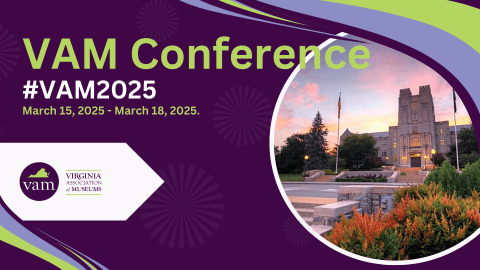

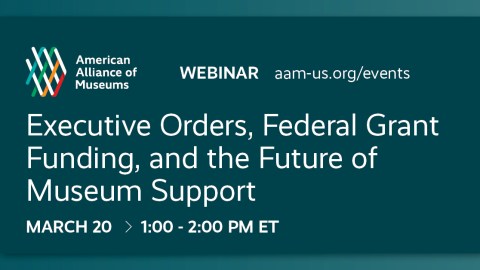
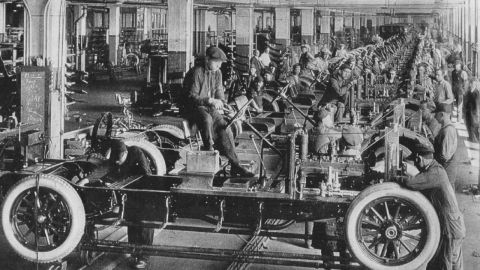
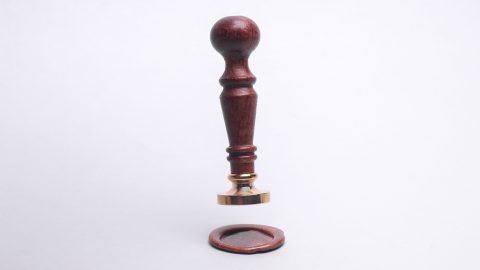

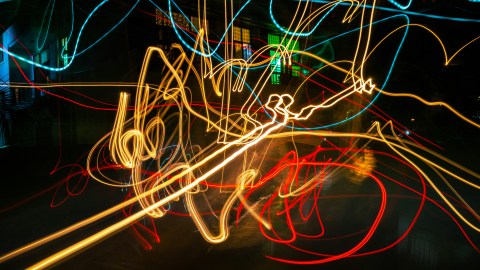
Hi Beth and thank you for this post. I took a close look at the Corcoran's financial statements and balance sheet. The numbers tell the story.